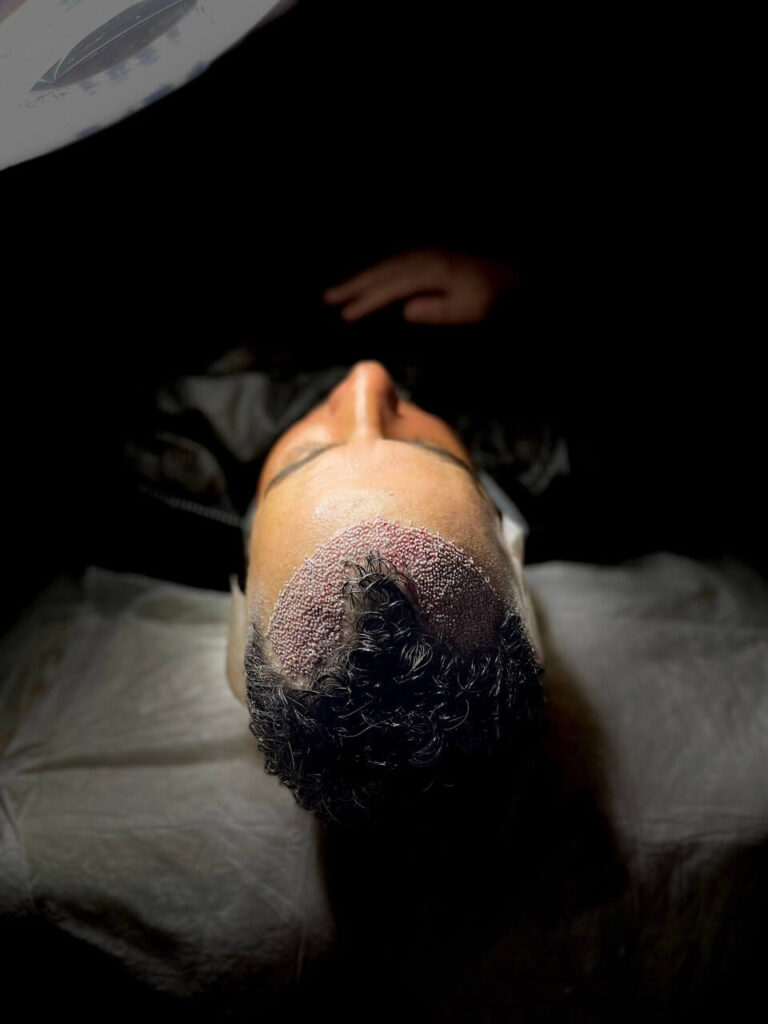- Persian: (+90 507 138 03 03). English: (+90 507 015 06 03)
Hair loss is more than just an aesthetic concern. Patients often believe they seem older and less striking if their hair is thin or has gaps. This may be a significant disadvantage in both personal and professional life. A hair transplant from DHI is the cure.
Male pattern baldness has a negative impact on patients’ self-esteem, and some begin to withdraw from life entirely. Self-doubt brought on by thinning hair, even when it isn’t life-threatening, is something that many people would rather avoid.
As there are no alternative treatments for genetic baldness, many patients choose for a hair transplant to solve the issue permanently. Patients are then confronted with the many hair transplant methods and a potentially difficult decision over the sort of hair transplant surgery to undergo.
DHI, Direct Hair Implantation is one of the most prevalent current techniques, and a prospective candidate for a hair transplant will likely encounter it early on in their research.
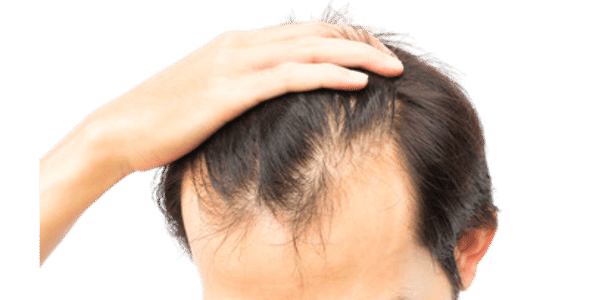
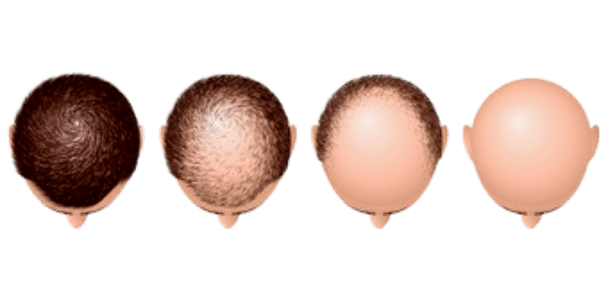
Initially, the scalp is anesthetized locally using needles or devices that spray pressurized anesthetic into the skin.
Individual hairs are then extracted from the donor region using a Choi implanter pen equipped with 0.7 mm-diameter punches. The donor region is often placed toward the back of the head. The excised hair follicles are preserved inside the implanter pen’s hollow needle.
With the tip of the pen, hair follicles are implanted directly into the recipient site, the balding portions of the scalp. Not requiring previous preparation of the recipient region is a benefit of the DHI method.
The needles’ size is matched to the size of the hair roots. The needle enters the skin at an angle of 45 degrees. With mild pressure, individual hairs are freed and put into the opening.
Using the DHI approach, a skilled surgeon may accurately consider the depth, angle of insertion, and development direction. Compared to other hair transplant techniques, such as FUT (Follicular Unit Transplantation) and FUE (Follicular Unit Extraction), the procedure offers a high degree of accuracy and precision .
However, direct implantation may potentially result in harm to the surrounding hair roots. Using the new Sapphire DHI approach, these dangers may be entirely avoided.
After the operation
In the days after the treatment, the scalp must be maintained moist to stimulate hair follicle development. The transplanted hairs will initially fall out because of transplant shock, and the hair roots will enter a brief resting period. The complete outcome is reached within twelve months at the latest: natural, full hair growth will restore your quality of life
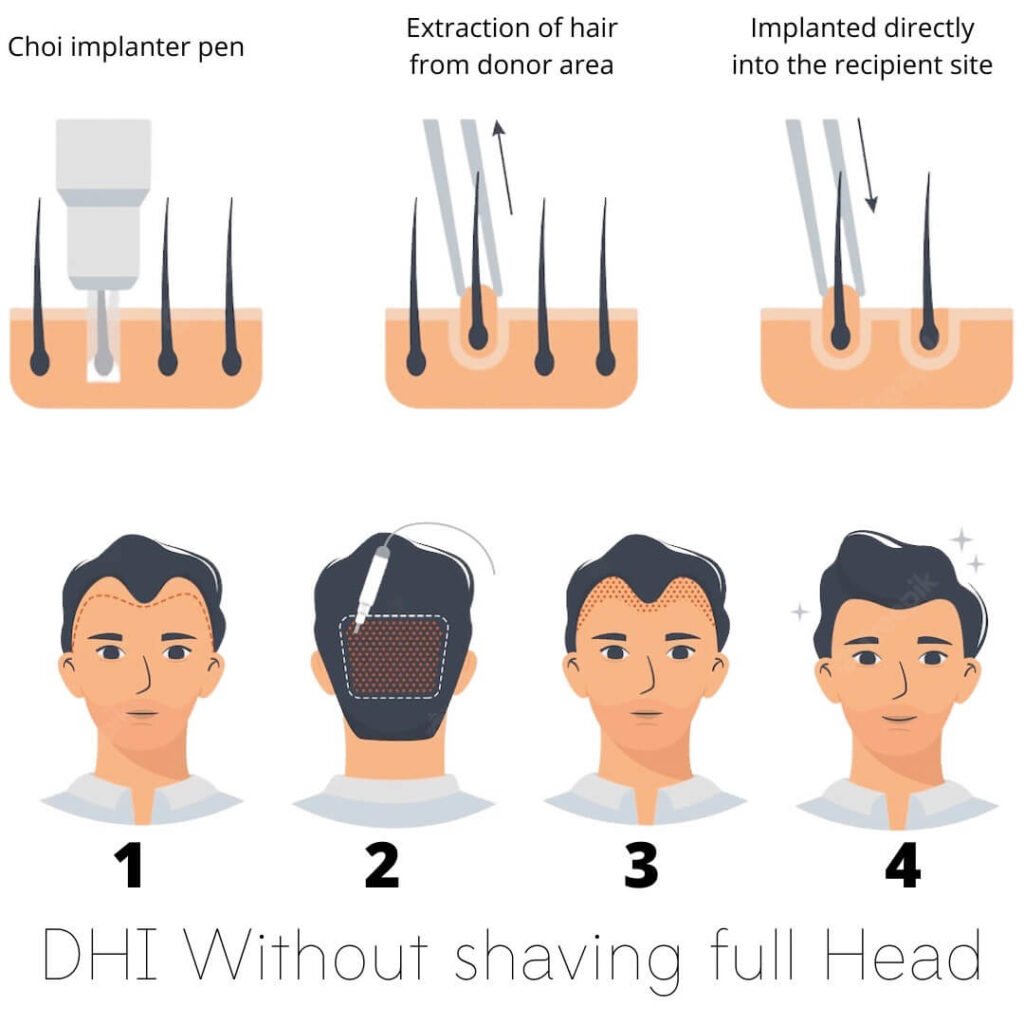
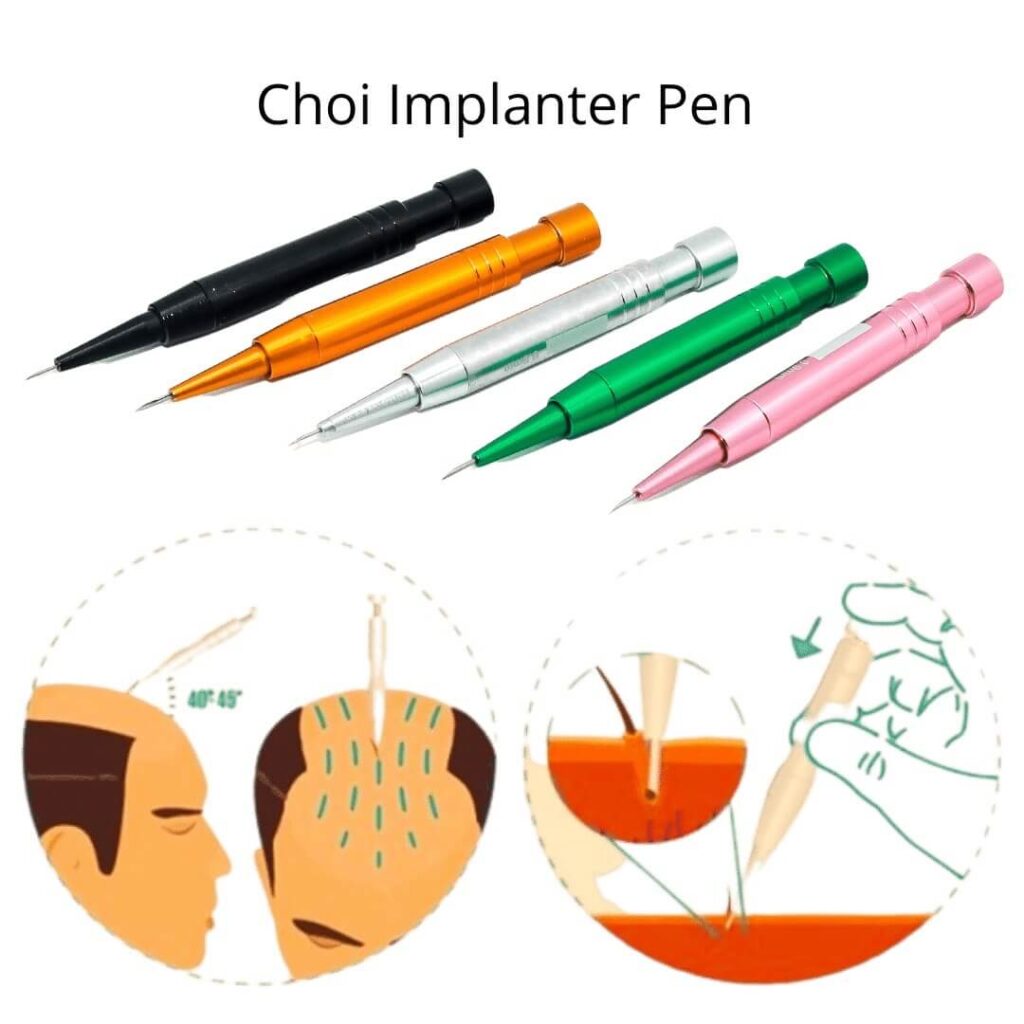
Together with the medical personnel, the surgeon must complete extra practical training. This sort of hair regeneration requires precise and meticulous labor. The tiny needles must be tailored exactly to the implanted hair.
Per session, a maximum of 2500 grafts may be implanted. A DHI hair transplant requires more time and, thus, costs more than a FUT or FUE hair transplant.
Since the opening of the new hair canals and the implantation of the grafts are performed in a single process, nearby hair roots or grafts that have previously been transplanted are susceptible to injury and death.
The enhanced Sapphire DHI procedure, however, employs even finer insertion blades composed of the rare gemstone sapphire. Thus, it retains the benefits of conventional DHI, but avoids the risk of harming other hair roots.
As a result of the smaller incisions created by the sapphire blade, DHI Sapphire also has a decreased risk of infection and faster recovery.
In addition, a Sapphire DHI procedure at Max Hair Center minimizes the additional expense of DHI procedures compared to FUT or FUE procedures in other countries.
